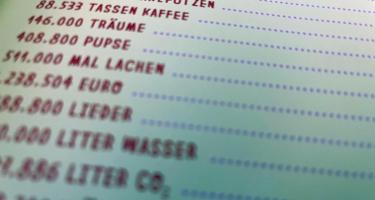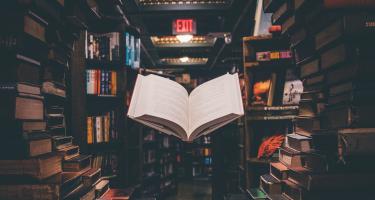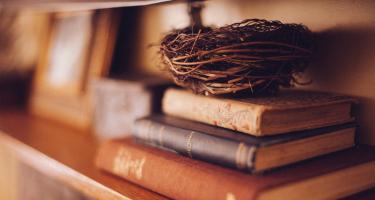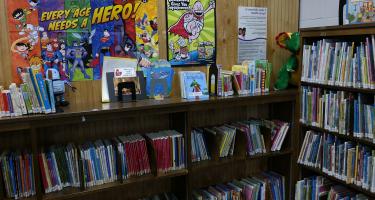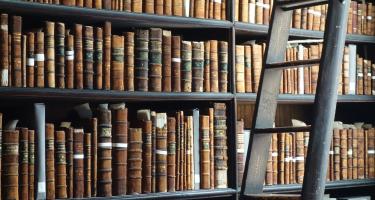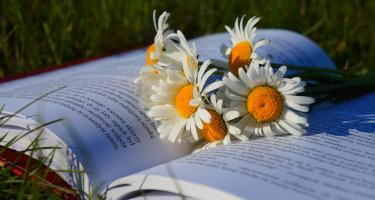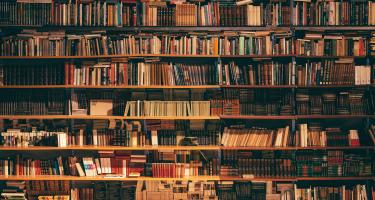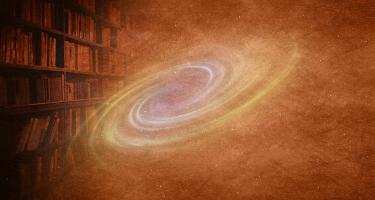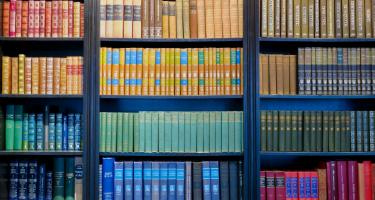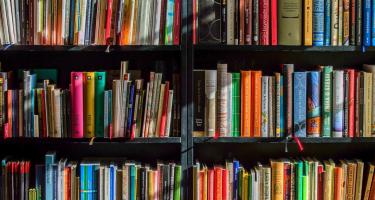
Sara Mednick—The Power of the Downstate: Recharge Your Life Using Your Body's Own Restorative Systems
Daily exposure to sunlight and darkness fosters cyclic activity and rest, yet many of us live out of sync with inner clocks. Pandemic-related social isolation, work stress, family duties, and more harm health and well-being, Sara Mednick says. She explains how and why and offers tips for regaining balance in The Power of the Downstate: Recharge Your Life Using Your Body's Own Restorative Systems.
